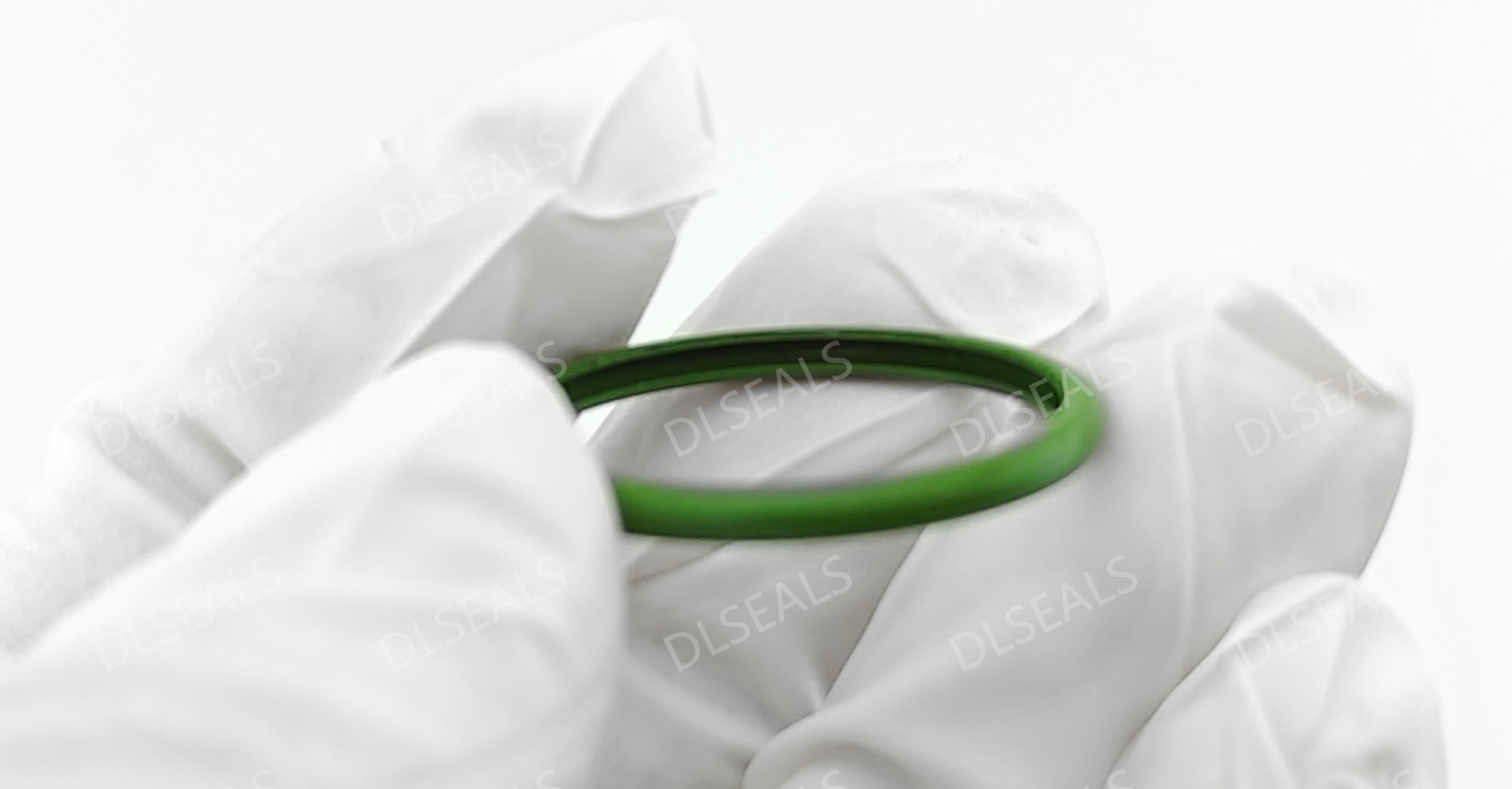
When choosing the material of the metal C-ring, in addition to considering the characteristics of the material itself, the choice of plating is equally important. Plating can further improve the performance of the metal C-ring, especially in terms of corrosion resistance, wear resistance and appearance. The following is a detailed introduction to the material and plating selection of the metal C-ring.
1. Commonly used materials
Stainless steel
Characteristics: Excellent corrosion resistance, high temperature resistance and mechanical strength.
Advantages:
Strong oxidation resistance, suitable for harsh environments.
Maintain stability at high temperatures.
Applicable scenarios: Applications in chemical, food processing, pharmaceutical and other industries.
Carbon steel
Characteristics: High strength and toughness, but poor corrosion resistance.
Advantages:
Low cost, suitable for large-scale production.
High strength, suitable for heavy load applications.
Applicable scenarios: General industrial equipment, machinery manufacturing and other fields.
Aluminum alloy
Characteristics: Lightweight, corrosion-resistant, with good strength and toughness.
Advantages:
Lighter, helps to reduce the weight of the overall equipment.
No rust, suitable for humid environments.
Applicable scenarios: aerospace, automotive and other fields, especially suitable for applications that require weight reduction.
Copper or Copper Alloys
Characteristics: good conductivity and corrosion resistance, suitable for specific conditions.
Advantages:
Has good machinability and corrosion resistance.
Suitable for electrical and heat exchange applications.
Applicable scenarios: electronic equipment, heat exchangers, etc.
Special alloys
Characteristics: customized according to specific needs, including high temperature resistant alloys, acid resistant alloys, etc.
Advantages:
For special needs of specific industries, such as resistance to extreme environments.
Applicable scenarios: petrochemical, aerospace and other high-demand industries.
2. Plating selection
The selection of plating can significantly improve the performance of metal C-rings. Commonly used plating types and their advantages and disadvantages are as follows:
Zinc Coating
Characteristics: A protective layer formed by electroplating or hot-dip galvanizing.
Advantages:
Good corrosion resistance, especially in humid environments.
Low cost, suitable for large-scale production.
Applicable scenarios: machinery manufacturing, construction and other fields.
Nickel Coating
Features: A nickel layer is formed on the metal surface by electroplating or chemical plating.
Advantages:
Improve corrosion resistance, especially in acidic or alkaline environments.
Good wear resistance and glossiness.
Applicable scenarios: electronic equipment, automotive parts, etc.
Chrome Coating
Features: The chrome layer formed by electroplating is often used to increase surface hardness.
Advantages:
Excellent wear resistance and corrosion resistance.
Can improve appearance and increase smoothness.
Applicable scenarios: automotive parts, decorative parts, etc.
Polymer Coating
Features: Different types of polymer coatings such as PTFE (fluoropolymer) can be selected.
Advantages:
Excellent corrosion resistance and friction reduction effect.
Easy to clean, suitable for environments with high hygiene requirements.
Applicable scenarios: food processing, pharmaceutical industry, etc.
Thermal Spraying
Features: A thick coating formed by spraying aluminum, zinc, ceramics and other materials.
Advantages:
High corrosion resistance, wear resistance and high temperature resistance can be achieved.
The coating thickness is controllable and has strong adaptability.
Applicable scenarios: heavy industry, aerospace and other high-demand environments.
3. Matching of materials and coatings
When selecting materials, the matching of coatings should also be considered. For example, stainless steel materials can be nickel-plated or chrome-plated to further improve their corrosion resistance and wear resistance; while carbon steel materials can be zinc-plated to improve their oxidation resistance. According to the specific use environment and load conditions, the reasonable matching of materials and coatings can maximize the performance and life of metal C-rings.
4. Summary
The selection of materials and coatings for metal C-rings is a key step to ensure their performance and durability. When selecting materials, the working environment, mechanical load and cost should be considered comprehensively, while when selecting coatings, attention should be paid to aspects such as corrosion resistance, wear resistance and appearance. Through a reasonable combination of materials and coatings, the overall performance of metal C-rings can be significantly improved to meet the needs of different industrial applications.
Post time: Oct-16-2024
